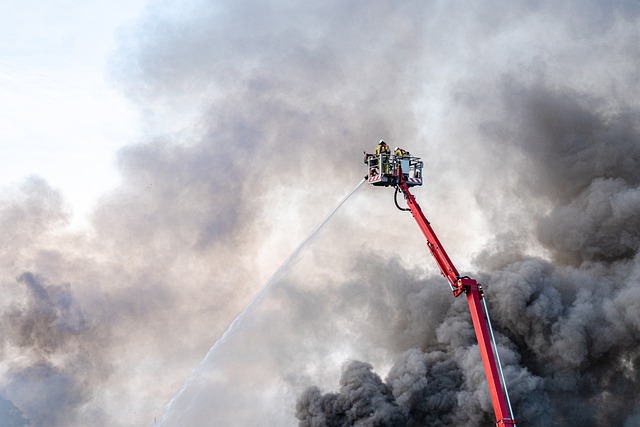High-intensity lights play a pivotal role in enhancing visibility during critical emergency rescue missions. This article sheds light on the indispensable technology behind flashlights for emergency preparedness, emphasizing their key features, types most effective for rescue operations, and battery considerations to ensure reliable illumination when it matters most. Additionally, we delve into the best practices for training with these lights to optimize their use in search and rescue endeavors. Preparedness is paramount, and understanding how to effectively deploy high-intensity flashlights can be the difference between a successful mission and an unsuccessful one.
- The Role of High-Intensity Lights in Emergency Rescue Missions
- Key Features to Look for in Flashlights for Emergency Preparedness
- Types of High-Intensity Flashlights Suitable for Rescue Operations
- Battery Considerations for Sustainable Lighting During Emergencies
- Training and Best Practices for Utilizing High-Intensity Lights in Search and Rescue Efforts
The Role of High-Intensity Lights in Emergency Rescue Missions

High-intensity lights play a critical role in emergency rescue operations, where visibility can be the difference between success and failure in a mission. In scenarios where every second counts, such as search and rescue after natural disasters or during nighttime operations, flashlights for emergency preparedness provide rescuers with the necessary illumination to navigate through dark environments effectively. These high-intensity lights are designed to penetrate darkness, often featuring advanced LED technology that offers a bright, focused beam capable of illuminating large areas or concentrating into a tight spotlight for precise tasks. The durability and robustness of these flashlights ensure they can withstand the harsh conditions they’re likely to encounter in rescue environments, including exposure to water, dust, and impacts. Moreover, their long battery life allows users to rely on them over extended periods without the need for frequent replacements or recharging, which is crucial during prolonged missions where downtime is not an option. Flashlights for emergency preparedness are indispensable tools in a rescuer’s arsenal, enhancing situational awareness and enabling quick and efficient operations in the most critical of times.
Key Features to Look for in Flashlights for Emergency Preparedness
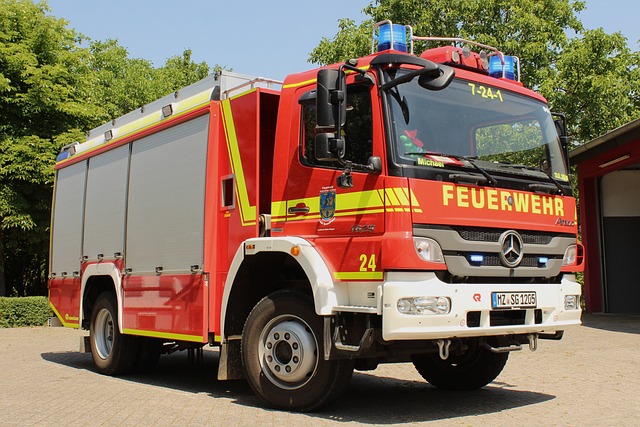
When selecting a flashlight for emergency preparedness, it’s crucial to consider lumen output, as high-intensity lights can significantly aid in rescue missions by illuminating dark environments. A luminous output not only helps rescuers navigate but also aids in performing critical tasks that may require precise visibility. Look for flashlights with adjustable brightness settings, which allow users to conserve battery life when full illumination isn’t necessary and intensify the beam when needed most.
Durability is another key feature; flashlights must be robust enough to endure harsh conditions they might encounter during an emergency. This includes being impact resistant, waterproof, and dust-resistant. Additionally, a reliable construction ensures that the flashlight can withstand the rigors of rescue work without failing when it’s most needed. Battery life is also paramount; opt for models with long-lasting batteries or rechargeable options to prevent unexpected power depletion during operations. Flashlights designed with emergency preparedness in mind are equipped with features like a sturdy design, high-quality LED bulbs, and easy-to-use interfaces, making them indispensable tools for rescue teams preparing for various emergency scenarios.
Types of High-Intensity Flashlights Suitable for Rescue Operations
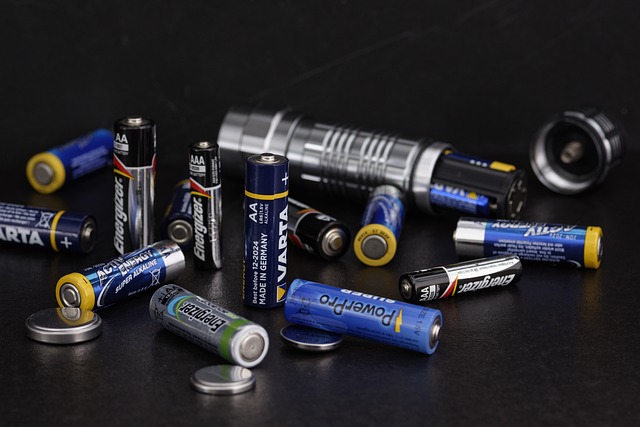
When it comes to emergency preparedness, high-intensity flashlights are indispensable tools for rescue operations. These devices are engineered to provide a robust beam that can illuminate even the darkest environments, which is crucial during nighttime searches or in situations where visibility is severely compromised. Flashlights for emergency preparedness come in various forms, each with unique features tailored to specific needs of rescuers. For instance, tactical flashlights are built to be durable and impact-resistant, often featuring a focused beam for long-range signaling or to light up distant areas where individuals may be trapped or injured. They also typically offer multiple lighting modes, including strobe or SOS settings, which can disorient a subject or signal for help. Another type, the rechargeable high-intensity flashlight, is designed for extended use and reliability, ensuring that rescuers have a consistent light source throughout operations. These flashlights often boast lumens in excess of 1000, providing an incredibly bright light that can cut through darkness, making them ideal for rescue missions where every second counts. Additionally, they are usually equipped with high-grade LEDs that offer a longer lifespan and more consistent light output compared to traditional bulbs. For those conducting search and rescue operations in caves, forests, or urban rubble, a high-intensity flashlight is not just a safety tool but a vital piece of equipment that can mean the difference between successful rescue and an unsuccessful mission.
Battery Considerations for Sustainable Lighting During Emergencies
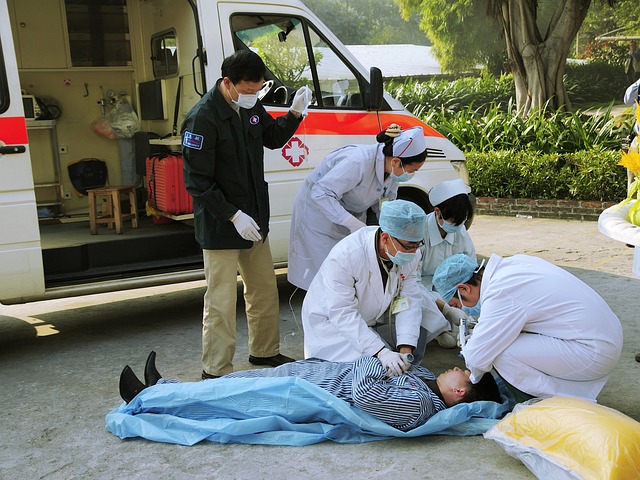
In emergency situations, rescuers rely heavily on high-intensity lights to navigate through dark environments and locate individuals in distress. Flashlights for emergency preparedness must be equipped with robust battery systems that provide reliable illumination over extended periods. Battery technology is a critical component in the design of these lights, as they need to deliver sustained performance without the burden of frequent replacements or long charging times. Lithium-ion batteries are often favored due to their high energy density and consistent output, making them ideal for the rigorous demands of rescue missions. The design must also account for varying climatic conditions; extreme cold can affect battery capacity, while heat can degrade cell performance. Therefore, flashlights should be tested under different temperatures to ensure they maintain optimal functionality when used in unpredictable environments. Additionally, the ability to recharge these lights during an emergency, either through mains power or alternative energy sources like solar panels, adds a layer of resilience and sustainability to the rescue operation’s toolkit. The integration of USB-rechargeable batteries further enhances their utility, as it aligns with the widespread availability of charging solutions in both urban and wilderness settings. Rescuers can thus rely on their flashlights for extended operations, ensuring they are always prepared for the challenges of nighttime search and rescue.
Training and Best Practices for Utilizing High-Intensity Lights in Search and Rescue Efforts
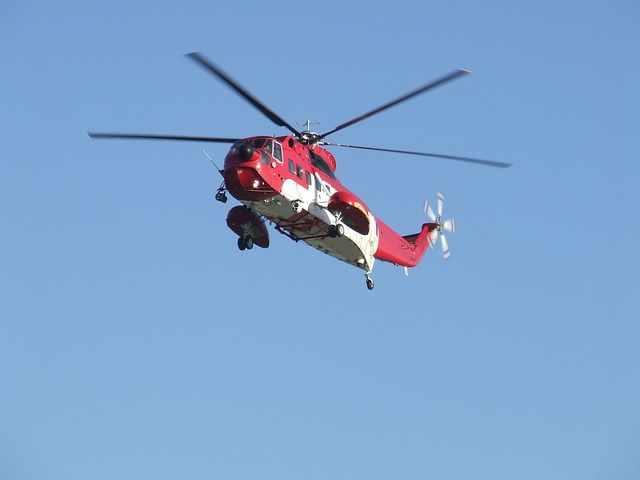
When it comes to emergency preparedness, having reliable lighting equipment is crucial for search and rescue operations. High-intensity lights serve as invaluable tools in these scenarios, enhancing visibility in dark or low-light environments. Effective utilization of flashlights for emergency preparedness requires rigorous training and adherence to best practices. Operators must familiarize themselves with the different light modes available on their devices—such as high, medium, and low beam settings—to optimize battery life and illumination intensity according to the task at hand. Training should emphasize the correct handling of these lights, including how to properly aim them, manage power output, and avoid disorienting themselves or others with misdirected beams.
Moreover, understanding the limitations and capabilities of high-intensity lights is essential. Beam distance and spread must be considered when searching through different terrains, whether it’s a dense forest, a debris field, or an urban canyon. Best practices also include regular maintenance checks to ensure the lights are functioning correctly before deployment. This involves checking battery levels, seals, and lenses for any signs of wear or damage that could compromise performance during a rescue mission. By integrating these training protocols and best practices into routine drills, search and rescue teams can effectively employ flashlights for emergency preparedness, significantly increasing their chances of locating and safely retrieving individuals in perilous situations.
